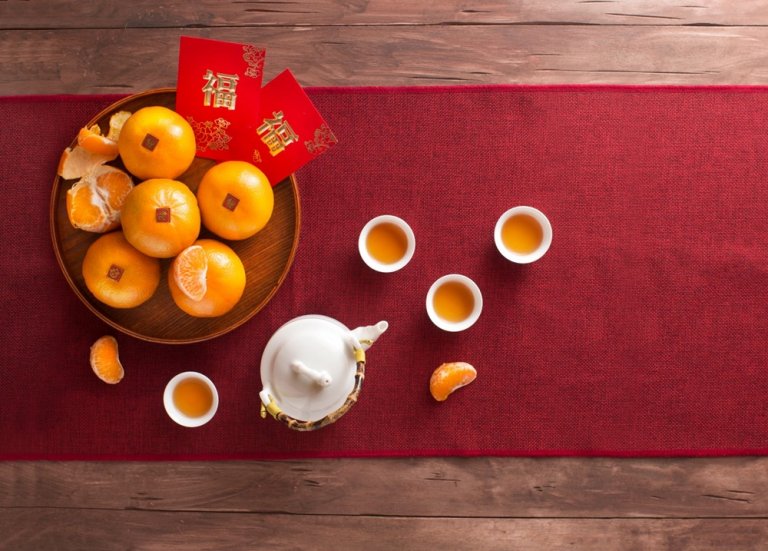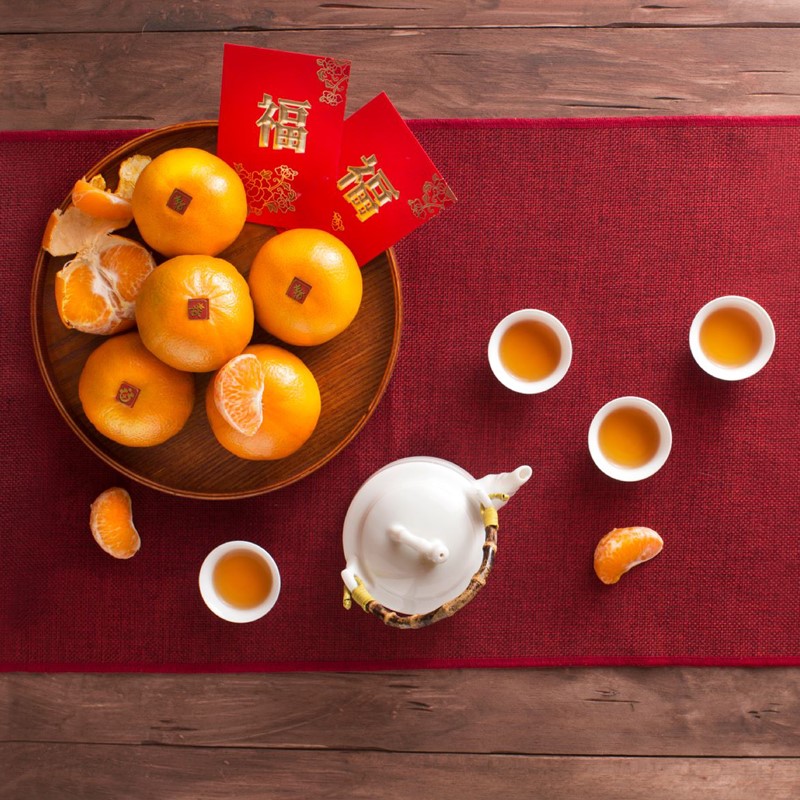
Chinese New Year is an occasion that Chinese people eagerly anticipate every year. A time where families get together to reconnect, spend quality time, and celebrate new beginnings. In the midst of families returning home, we also invite good fortune, prosperity and longevity into our lives. Notably in the form of decorating our homes in red, the colour which represents good fortune.
If fortune, prosperity and longevity were actual people – typically represented by deities – we would like them to family relatives whom we invite for every occasion, especially Chinese New Year. While much attention is showered on these ‘brothers’ during the festive season, we often forget (or outright ignore) the fourth brother. One whom we should acknowledge in the cycle of life, even during the festivities: death.
Death is often treated with much irregularity. For example; in Chinese culture, black is a colour worn during funerals due to its association with death. Hence, it’s a cultural taboo to wear black during Chinese New Year as it is believed to bring bad luck (and yes, death) upon yourself and those around you. In short, we shun him.
On the other hand, families are also encouraged to visit departed loved ones and place offerings of the departed’s favourite food in life at their resting places within the 15 days of Chinese New Year celebrations. This is done to keep the departed loved ones included in the festivities. Hence, with this practice, death is suddenly seen as approachable.
Why is death treated with such fickle attitudes? It occurs to this writer, that death as an immutable fact of life, should be seen in a more well-balanced light.
That being said, acknowledging death during festivities doesn’t mean one hopes for death to take a loved one then and there. It means acknowledging death’s passive and subtler role.
Death is the final sibling amongst his brothers – fortune, prosperity and longevity. As part of the “family” in the cycle of life, death has his place even in the festivities of Chinese New Year. He isn’t the loud and energetic one to bring out laughter and enjoyment in a celebration, nor is he there to cast fear or be a wet blanket at parties either.
Death’s place is in the quiet, contemplative moments of the party – when conversations turn to stories of loved ones no longer with us, memories of moments both proud and flawed to share as lessons with the next generation, as well as a way to acknowledge the departed as still being present in our celebrations. Death is there as a reminder; to treasure and make the most of the time we have with family and friends, while we have them with us.
His role isn’t the most glamorous, but it’s the one that we should appreciate for keeping us grateful in life and keeping people – both this side of life or the other – connected.
Copyright Statement This article and video is original content created by Xiao En website, to whom the copyright belongs to. The content should not be reproduced without permission, otherwise it will be regarded as infringement. Xiao En reserves the right to pursue legal action against unauthorised use of the content.



